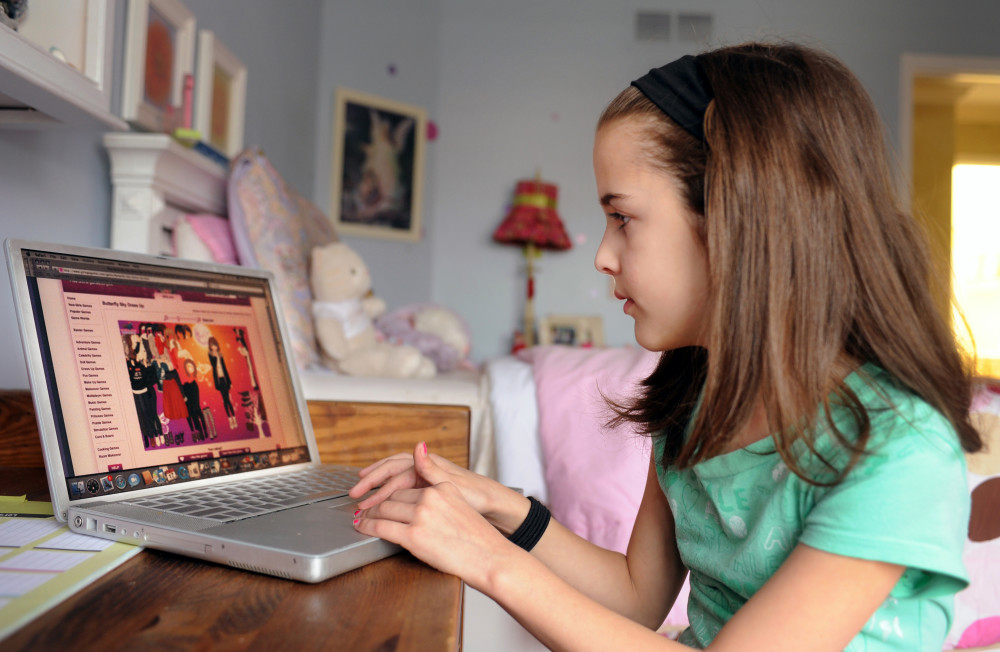By Mike Cassidy
San Jose Mercury News.
When Priya Ganesan was a kid, she didn’t realize how unusual it was for women to go into computing fields.
Her mother and her aunt were both programmers, as were a number of other women in her extended family. Why wouldn’t she want to go into the field as well?
Then came high school, a time when Ganesan, now a freshman at Stanford, wanted to participate in code days and hackathons that were popular in Redmond, Wash., where she grew up and where Microsoft is headquartered.
“But I would look at the pictures of previous events and I would look at the ‘who is going lists’ and I would see only boys’ names,” Ganesan, 18, says. And she would pass on the events, in part, she says, because she’d prefer to work on teams that included other girls.
Ganesan confronted a circular problem that is one of the key reasons girls avoid computer science. Simply put: So few girls and women work in computer science because so few girls and women work in computer science.
It is daunting, then, for a girl to take computer science; to be one of the only — or the only — girl in a class of boys; to be the one person who represents an entire gender and demonstrates whether or not that gender can hack it.
Today, just over 17 percent of undergraduate computer science degrees go to women, and women make up roughly 24 percent of the computing workforce in the country.
Ganesan was able to overcome the sense of isolation because she had her personal role models to draw on.
But when it comes to other girls, girls who don’t even know a computer scientist, there is a growing consensus among social scientists and other academics that a key way to break that cycle is by offering (and perhaps requiring) computer science classes in high school.
Requiring computer science, for instance, would ensure that there would be safety in numbers for girls. It would also expose girls to computer science early, the idea being that if girls were exposed to computer science early, they’d better understand how broadly it can apply to real-world problems. They’d see that rather than being a solitary pursuit, computing often involves teamwork. They’d be much more likely to gravitate toward computing the way boys have for years, in part because that is what society expects of boys.
But very few high schools offer computer science courses, including the high school that Ganesan attended in Washington state. And yet she really thought it was a discipline for her. So, Ganesan did the only thing she could do: She taught herself the Advanced Placement computer science curriculum.
“I was able to use my parents as a resource when I needed help,” says Ganesan, whose father is a software engineer at Microsoft. “I ended up getting a five out of five on the exam, so that was pretty cool.
buy doxycycline online www.parkviewortho.com/wp-content/languages/new/prescription/doxycycline.html no prescription
”
Receiving the highest possible overall score on the Advanced Placement exam meant that Ganesan didn’t have to take Stanford’s first introductory computer science course. Not to worry, though, she found other CS courses — three in fact — to take in the first quarter of her college career.
She is drawn to the critical thinking and problem solving required to succeed in computing. For Ganesan, it is practically an art form. “When you’re writing code, you kind of want to be writing a story,” she says. “It doesn’t feel like it’s just these complicated math computations. It’s almost like I’m writing an essay.”















































































































































































































































































































































































